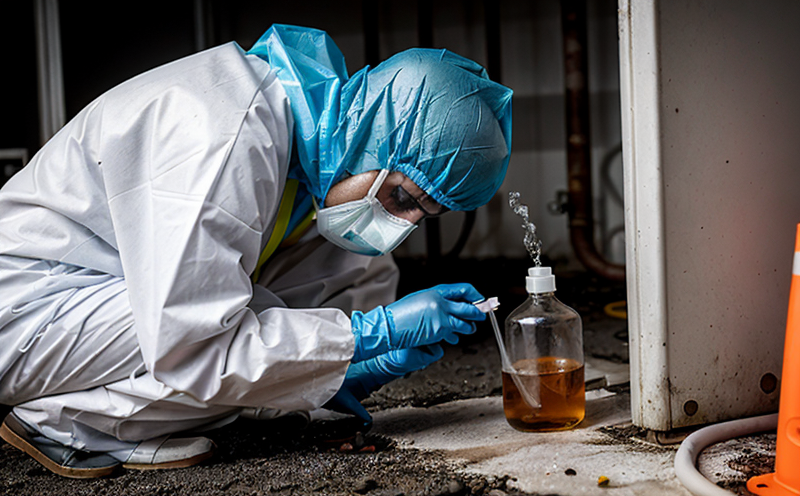ISO 14284 Sampling for Contamination Control in Powders
The ISO 14284 standard provides a robust framework for sampling and contamination control in powders used in additive manufacturing (AM) and 3D printing processes. This service ensures that the materials meet stringent quality and safety standards, which is critical given the precision required by these industries.
Contamination can occur at various stages of powder production, handling, and storage. To mitigate this risk, ISO 14284 outlines a comprehensive approach to sampling that helps identify potential contaminants early in the process. This proactive measure ensures product quality and enhances compliance with international standards like ISO 5008 for metallic powders.
The first step in the ISO 14284 protocol is selecting an appropriate sample size, which depends on factors such as particle size distribution, homogeneity of the powder batch, and expected contamination levels. Proper sampling techniques are essential to avoid bias and ensure that the sample accurately represents the entire batch.
Sampling methods must be validated to demonstrate their suitability for specific applications. This validation involves comparing the results from a small-scale sample with those obtained using larger samples or full batches under controlled conditions. Once validated, these methods can then be used consistently across different environments and facilities.
The ISO 14284 standard also emphasizes the importance of maintaining a clean environment during sampling to prevent contamination. This includes wearing appropriate protective clothing, using sterile tools, and ensuring that all surfaces are free from dust and other contaminants. By following these guidelines, laboratories can ensure reliable test results.
Another critical aspect of ISO 14284 is the use of advanced analytical techniques such as scanning electron microscopy (SEM) and energy-dispersive X-ray spectroscopy (EDX). These tools allow for detailed analysis of particles at the microscopic level, enabling identification of even trace amounts of contaminants. Additionally, Fourier transform infrared spectroscopy (FTIR) can provide information about the chemical composition of materials.
| Sample Preparation | Analytical Techniques |
|---|---|
| - Homogenization of powder samples - Sieving to achieve uniform particle size - Splitting the sample into aliquots for analysis |
- SEM/EDX for elemental and morphological analysis - FTIR for molecular structure identification - ICP-MS for trace metal content measurement |
International Acceptance and Recognition
The ISO 14284 standard is recognized worldwide for its rigorous approach to powder sampling in AM and 3D printing. It has been adopted by numerous laboratories, ensuring consistent results across different geographical locations.
Many industries rely on this standard due to its comprehensive guidelines. For instance, aerospace companies use ISO 14284 to ensure the quality of titanium powders used in engine components. Similarly, automotive firms apply it for stainless steel powders in exhaust systems.
- Aerospace: Titanium and aluminum powder sampling
- Automotive: Stainless steel and cobalt-chromium alloy powder analysis
Environmental and Sustainability Contributions
By ensuring that powders are uncontaminated, ISO 14284 supports sustainable manufacturing practices. This reduces waste generation and optimizes resource utilization in AM processes.
- Minimizes material loss through contamination control
- Promotes efficient use of raw materials
Use Cases and Application Examples
The ISO 14284 standard finds application in various sectors, including aerospace, automotive, healthcare, and electronics. Below are some examples:
| Sector | Application Example |
|---|---|
| Aerospace | Titanium powder for engine components |
| Automotive | Cobalt-chromium alloy for exhaust systems |
| Healthcare | Polycarbonate for surgical implants |
| Electronics | Polyamide for circuit boards |





